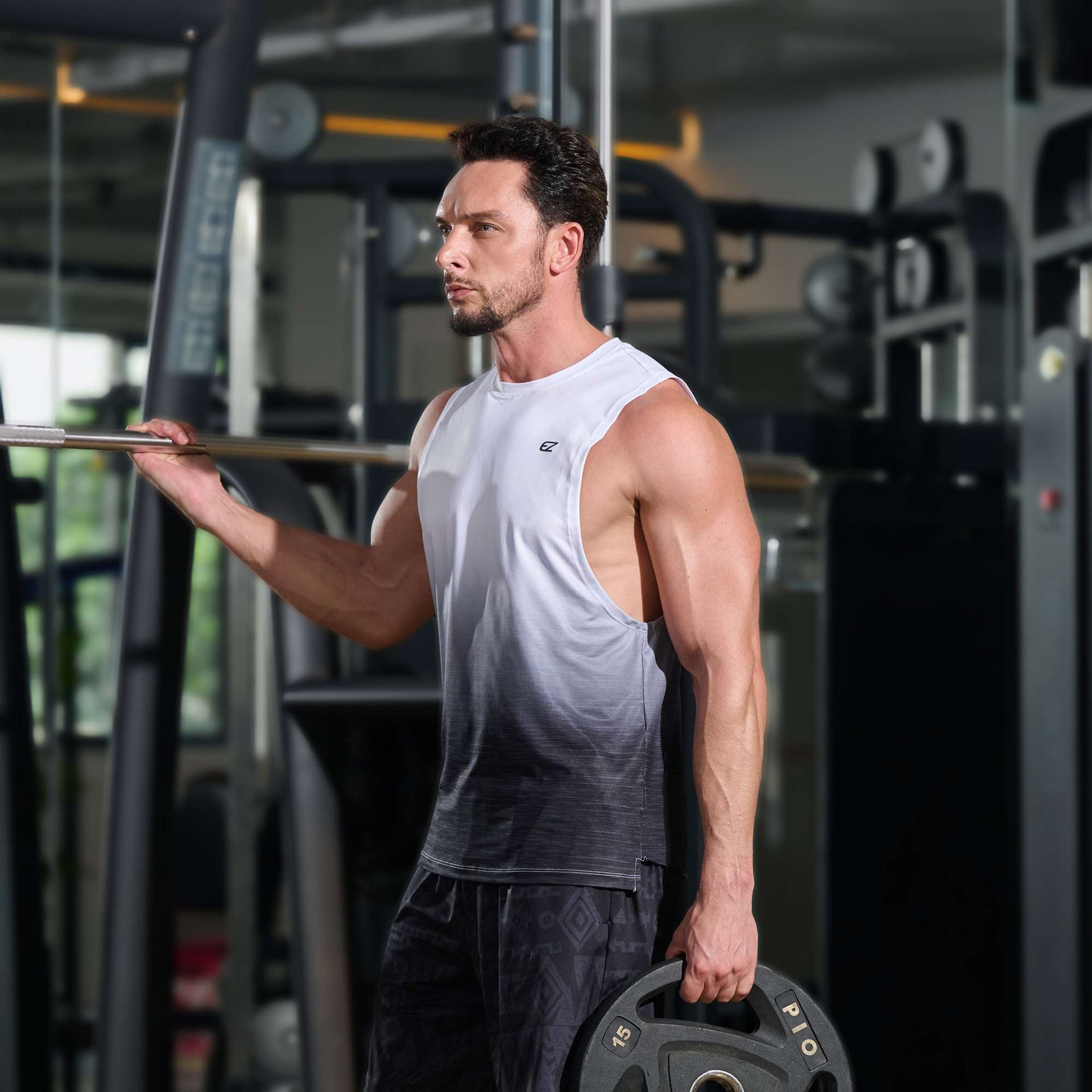
Stretching and Massage: The Key to Post-Workout Recovery
We’ve all been there—finishing a workout feeling like a superhero, only to wake up the next morning feeling like we’ve been hit by a truck. The culprit? Skipping post-workout stretching and massage. Don’t worry, though. We’re here to make sure you never experience that soreness again (or at least not as badly). Let’s dive into the essentials of post-workout recovery and keep those muscles loose and limber.
Why Stretching and Massage Matter After Exercise
Before we get into the how-to, let’s discuss why post-workout stretching and massage deserve a spot in your routine. When you exercise, your muscles contract repeatedly, leading to tightness and sometimes minor tears (don’t panic—this is how muscles grow). That tightness can cause stiffness, soreness, and even injury without proper care.
Stretching and massage help by:
1. Improving Flexibility– Keeping muscles long and limber reduces the risk of strains.
2. Reducing Soreness– Massage boosts blood flow, speeding up recovery.
3. Preventing Injury– Flexible muscles are less prone to tears and sprains.
4. Enhancing Relaxation– Let’s face it, a good stretch or massage just feels amazing.
The Right Way to Stretch After a Workout
1. Static Stretching: Slow and Steady Wins the Race
Hold each stretch for 20–30 seconds without bouncing. Focus on the major muscle groups you just worked—legs, arms, back, and shoulders.
Examples:
(1) Hamstring Stretch: Sit on the floor, extend one leg out, and reach for your toes
(2) Quad Stretch: Stand, pull one foot towards your glutes, and hold.
(3) Shoulder Stretch: Pull one arm across your chest and hold with the opposite hand.
Tips:
(1) Breathe deeply and relax into the stretch—no grimacing allowed.
(2) Avoid overstretching. Stop if you feel sharp pain (discomfort is fine; pain is not).
(3) Stretch both sides equally to maintain balance.
2. Dynamic Stretching: Keep It Moving
If you’re still cooling down, light dynamic stretches like walking lunges, arm circles, or leg swings can help ease the transition from activity to rest.
Tips:
(1) Move slowly and deliberately—dynamic doesn’t mean frantic.
(2) Incorporate stretches that mimic your workout movements for a smoother recovery.
Massage Techniques for Faster Recovery
1. Foam Rolling: Your DIY Massage Therapist
Using a foam roller helps release knots and tight spots in muscles. Roll slowly over sore areas and pause when you hit a tender spot for 20–30 seconds.
Examples:
(1) Quads and Hamstrings: Roll the length of your thighs to ease tension.
(2) Calves: Sit on the floor, place the roller under your calves, and roll gently.
(3) Back: Lie on the roller and move it along your spine.
Tips:
(1)Don’t rush! Slow, controlled movements are more effective.
(2)Focus on breathing to help muscles relax as you roll.
2. Hand Massage: Target Trouble Spots
If foam rolling feels too intense, use your hands or a massage ball for targeted relief. Apply light pressure and make small circular motions.
Tips:
(1) Use massage oil or lotion for smoother movements.
(2) Don’t press too hard—this isn’t a battle with your muscles.
(3)Focus on areas that feel particularly tight or sore.
Dress Smart, Recover Smarter
Let’s not forget the importance of comfortable, supportive workout gear. Enter EZRUN—the ultimate choice for high-quality sports apparel. From moisture-wicking shirts to flexible shorts, EZRUN outfits keep you comfortable before, during, and after workouts. Investing in the right gear isn’t just about looking good—it’s about staying safe and maximizing performance.
Final Thoughts
Recovery is just as important as the workout itself. With the right stretches and massage techniques, you can reduce soreness, prevent injuries, and keep your body in peak condition. So next time you hit the gym, don’t skip the cooldown—your muscles will thank you. And while you’re at it, make sure you’re decked out in EZRUN gear for ultimate comfort and style!